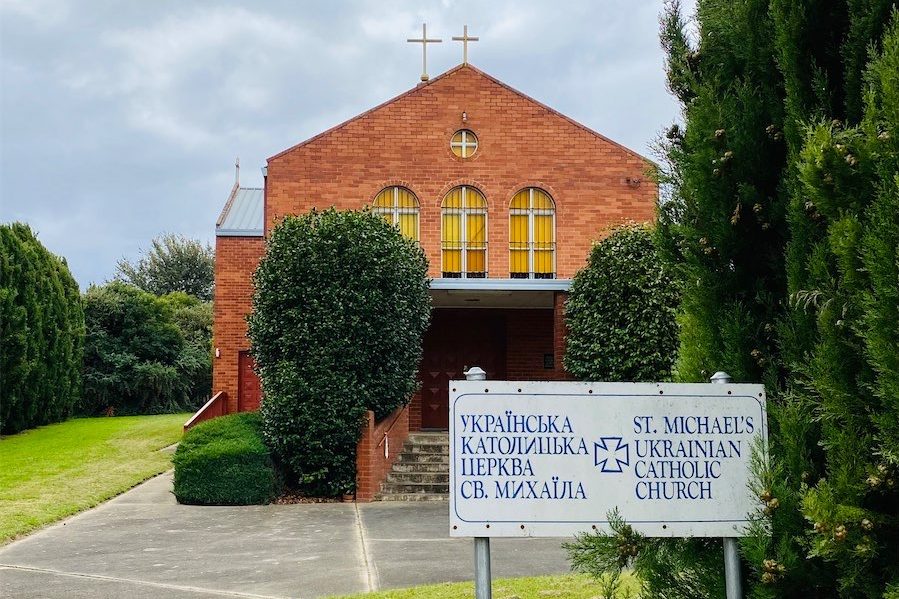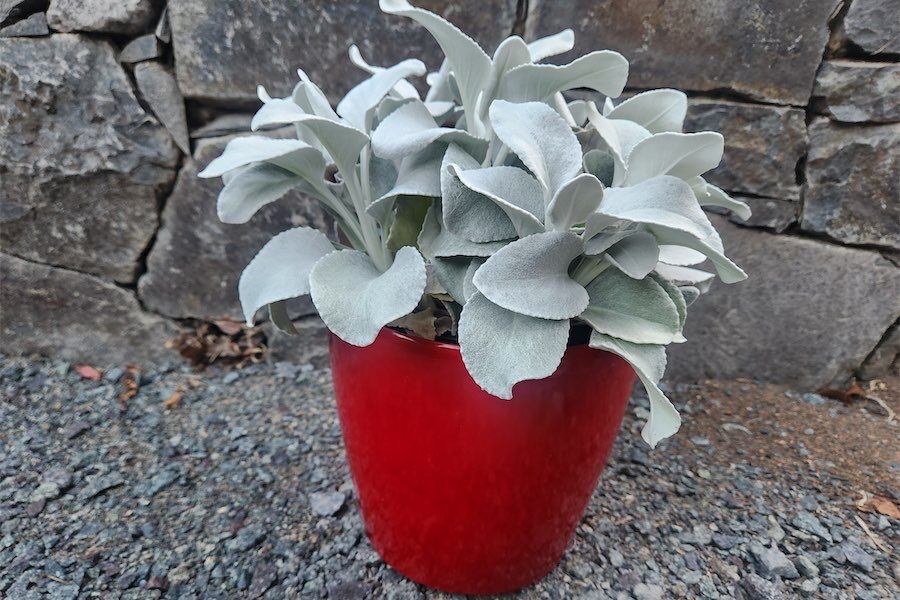
“Dreams of Free Ukraine” – a more modern headline would be hard to imagine, and yet this appeared in The Canberra Times 51 years ago.

In 1973, “president of the exiled Ukrainian National Republic (UNR), Mr MA Livytskyj” visited the Australian capital.
As noted, it had been a government-in-exile in Poland and France from 1921 following a three-year war with Russia on the UNR’s declaration of “complete independence” from the Communist Empire.
More than half a century later, around 35,000 Ukrainians were living in Australia.
The first arrivals in the Canberra-Queanbeyan region in 1948 were largely “political refugees, workers deported to Germany during World War II and former inmates of Nazi concentration camps”.
On May 24, 1954, on local governments being made responsible for “naturalising” their own residents, Queanbeyan proudly welcomed its first seven “New Australians”, two of whom were from Ukraine.
By the early 1980s, around 1200 Ukrainian-Australians had made the ACT and Queanbeyan home.
Bringing with them customs acknowledged through music to festivals, so was the ongoing struggle of the Ukrainian Republic ever present. Political visits to the national capital included Mrs Nadia Svitlychna in 1979, “the first woman allowed out of the Soviet Union after spending four years in prison for dissident activities”.
The Ukrainian Youth Association (UYA) held its national conference in Queanbeyan during Easter, 1981. Some 120 of its members converged on the Soviet embassy in the ACT to protest the almost permanent post-war Russian imprisonment of a later politician, Yuri Shukhevych, from the time of his mid-teens for offences including “anti-Soviet agitation”.
The local UYA, a social club and a community hall, were established early in Queanbeyan. However, the most important achievement of those newest citizens was a traditional creation cementing their place as well as maintaining a cultural connection to the “old country”.
For almost 60 years, their neat, red brick church has remained something of a divine secret. Most passers-by barely register its presence, tucked back from the street as it is, shadowed by neighbouring apartment complexes.
With a delightful outlook over the city’s eponymous river, the house of God was declared “one of the town’s outstanding community projects… built almost entirely by voluntary labour [and] a tribute to the workmanship, dedication and civic pride of the former Ukrainian nationalities in our community”.
Services were initially held in the charming St Gregory’s Catholic Church (1850) around the corner. The desire for their own spiritual space was advanced in 1961, three years after what’s believed Australia’s first Ukrainian church – St Olga’s in Wodonga, Victoria – welcomed worshippers in October, 1958.
The fulfilment of the dream was no easy undertaking. Queanbeyan may well have been more than 130 years old, but the land donated by a local resident then sat amidst essentially open paddocks. On one side there were plans for a caravan park while across the road the river bank was a “picnic area”. Although a central street, it wasn’t sealed, there were no water mains available and the sewer line was yet to be extended.
Despite the challenges, after six years of “spare time” toil, Sunday, May 14, 1967, was a day of considerable celebration. No less than the Bishop of the Ukrainian Catholics in Australia, NZ and the Oceanic, the Most Reverend Ivan Prasko, offered his blessings on Queanbeyan’s new Ukrainian Catholic Church of St Michael.
Similarly, five years later – February 28, 1973 – Cardinal and Major Archbishop Joseph Slipyj celebrated Holy Mass at the modest church.
Having spent 18 years in Siberian labour camps, there’s historic suggestion the cardinal’s life provided some basis for Australian writer Morris West’s book The Shoes of the Fisherman – about the election of a Ukrainian pope.
St Michael’s was then and remains now something of a rarity in our nation’s ecclesiastical landscape. In the decades that have passed, the work of this place of worship has continued: people wedded, babies baptised, citizens farewelled.
In the same year the church opened to its congregation, a national Ukrainian festival was held in Canberra, intended as a “tribute to Australia”.
It would be reported: “Australia has a deep meaning to Ukrainian migrants as this country has offered them splendid opportunities to rebuild their lives after the ravages of the second World War and has granted them full freedom to maintain their identity and cultural inheritance.”
In the face of ancient chaos continuing in a contemporary world, our support of such ideals remains critical.
Nichole Overall is a social historian and journalist. She can be heard co-hosting the CityNews Sunday Roast program with editor Ian Meikle, 9am-noon, on 2CC.
Who can be trusted?
In a world of spin and confusion, there’s never been a more important time to support independent journalism in Canberra.
If you trust our work online and want to enforce the power of independent voices, I invite you to make a small contribution.
Every dollar of support is invested back into our journalism to help keep citynews.com.au strong and free.
Thank you,
Ian Meikle, editor




Leave a Reply